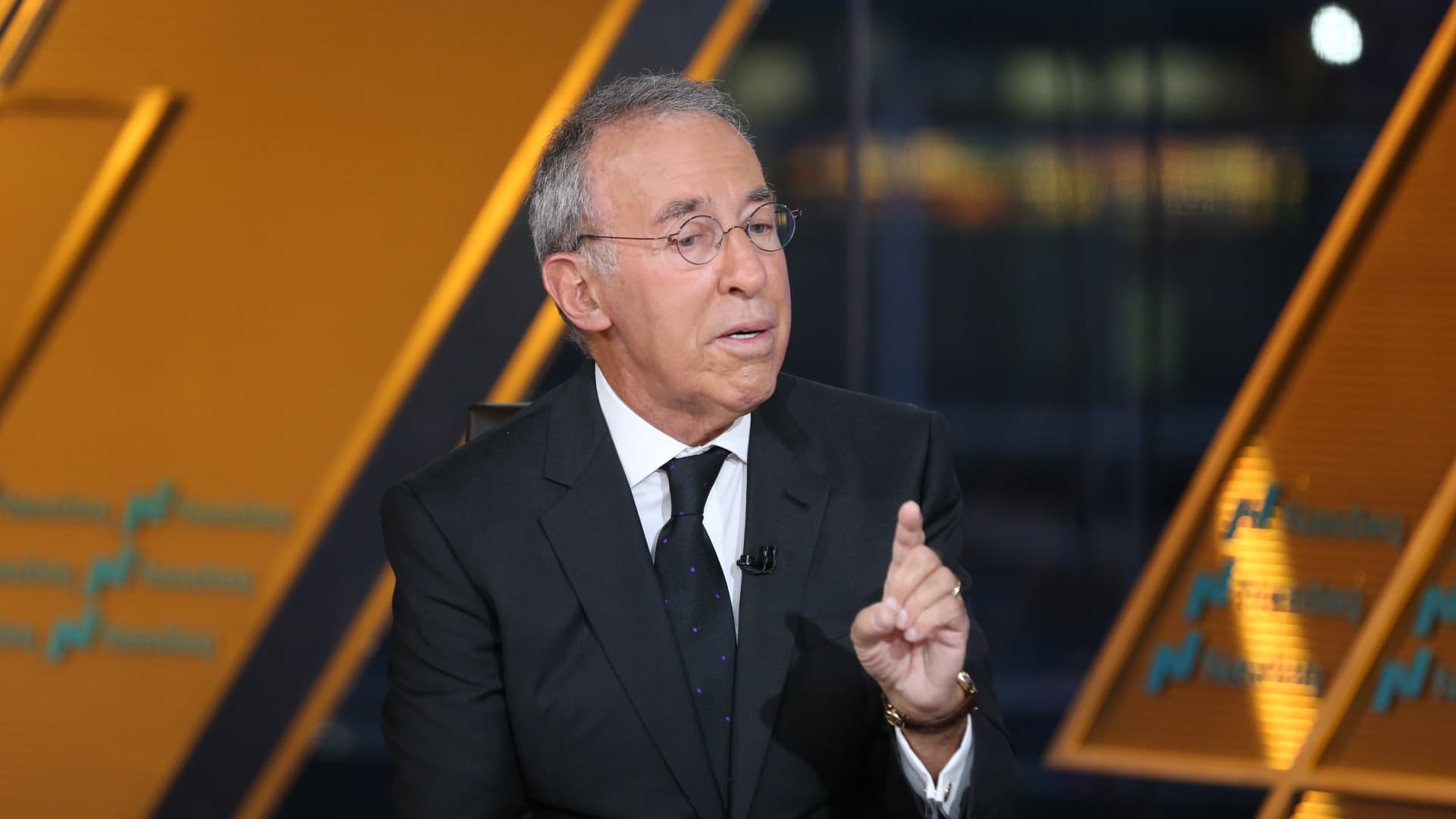Three Strategies to Mitigate Currency Risk
Investing in foreign assets has proven the merits of diversification, and most individual investors take advantage of the benefits of international assets. However, unless the foreign securities have been issued in U.S. dollars, the portfolio will experience currency risk. Currency risk is the risk that one currency moves against another currency, negatively affecting an investment’s overall return. In other words, the exchange rate between the two currencies can move adversely and erode the returns of a foreign investment. Investors can accept currency risk and hope for the best, or they can employ hedging strategies to mitigate or eliminate the risk.
Key Takeaways
- Hedging strategies can protect a foreign investment from currency risk for when the funds are converted back into the investor’s home currency.
- Currency ETFs can be used to mitigate a portfolio’s exposure to the performance of a currency exchange rate.
- Forward contracts provide a rate lock so that the international funds can be converted back into the home currency at a later date.
- Options contracts offer more flexibility than forwards but come with an upfront fee or a premium.
Currency Risk with International Investing
If a U.S. investor purchased an investment in Europe that’s denominated in euros, the price swings in the U.S. dollar versus the euro exchange rate (EUR/USD) would affect the investment’s overall return. Since the investment was purchased in euros, the investor would be considered “long” the euro (or owner of euros) since the investor would’ve converted dollars into euros in order to initiate the investment purchase. The initial investment would have been converted at the prevailing EUR/USD exchange rate at the time of the purchase.
When the investor wants to sell the investment and bring the money back to the U.S., the investment’s value denominated in euros would need to be converted back into dollars. At the time of the investment sale, the euros would be converted into dollars at the prevailing EUR/USD exchange rate.
The difference between the EUR/USD exchange rate at the time of the initial investment purchase and the rate at the time when the investment was sold would result in a gain or loss. Regardless of the return on the investment, the difference between the two exchange rates would be realized. The risk that the exchange rate could move against the investor while the investment is tied up in euros is called currency exchange risk.
Hedging Currency Risk With Exchange-Traded Funds
There are many exchange-traded funds (ETFs) that focus on providing long (buy) and short (sell) exposures to many currencies. ETFs are funds that hold a basket of securities or investments that can include currency positions that experience gains or losses on moves in the underlying currency’s exchange rate.
For example, the ProShares Short Euro Fund (EUFX) seeks to provide returns that are the inverse of the daily performance of the euro. In other words, when the EUR/USD exchange rate moves, the fund moves in the opposite direction. A fund like this can be used to mitigate a portfolio’s exposure to the performance of the euro.
Example of an ETF Hedge
For example, if an investor purchased an asset in Europe for 100,000 euros and at the EUR/USD exchange rate of $1.10, the dollar cost would equal $110,000. If the EUR/USD rate depreciated to $1.05, when the investor converts the euros back into dollars, the dollar equivalent would only be $105,000 (not including any gains or losses on the investment). The EUFX ETF would gain on the move lower in the EUR/USD exchange rate offsetting the loss from the currency conversion associated with the asset purchase and sale.
Benefits and Costs of an ETF Hedge
The ProShares Short Euro Fund would effectively cancel out the currency risk associated with the initial asset. Of course, the investor must make sure to purchase an appropriate amount of the ETF to be certain that the long and short euro exposures match 1-to-1.
ETFs that specialize in long or short currency exposure aim to match the actual performance of the currencies on which they are focused. However, the actual performance often diverges due to the mechanics of the funds. As a result, not all of the currency risk would be eliminated. Also, currency-based ETFs can be expensive and typically charge a 1% fee.
Forward Contracts
Currency forward contracts are another option to mitigate currency risk. A forward contract is an agreement between two parties to buy or sell a currency at a preset exchange rate and a predetermined future date. Forwards can be customized by amount and date as long as the settlement date is a working business day in both countries.
Forward contracts can be used for hedging purposes and enable an investor to lock in a specific currency’s exchange rate. Typically, these contracts require a deposit amount with the currency broker.
Example of a Forward Contract
For example, let’s assume that one U.S. dollar equaled 112.00 Japanese yen (USD/JPY). A person is invested in Japanese assets, meaning they have exposure to the yen and plan on converting that yen back into U.S. dollars in six months. The investor can enter into a six-month forward contract in which the yen would be converted back into dollars six months from now at a predetermined exchange rate.
The currency broker quotes the investor an exchange rate of 112.00 to buy U.S. dollars and sell Japanese yen in six months. Regardless of how the USD/JPY exchange moves in six months, the investor can convert the yen-denominated assets back into dollars at the preset rate of 112.00.
Six months from now, two scenarios are possible: The exchange rate can be more favorable for the investor, or it can be worse. Suppose that the exchange rate is worse and is trading at 125.00. It now takes more yen to buy 1 dollar. Let’s say the investment was worth 10 million yen. The investor would convert 10 million yen at the forward contract rate of 112.00 and receive $89,286 (10,000,000 / 112.00).
However, had the investor not initiated the forward contract, the 10 million yen would have been converted at the prevailing rate of 125.00. As a result, the investor would have only received $80,000 (10,000,000 / 125.00).
Benefits and Costs of Forward Contracts
By locking in the forward contract, the investor saved more than $9,000. However, had the rate become more favorable, such as 105.00, the investor would not have benefited from the favorable exchange rate move. In other words, the investor would have had to convert the 10 million yen at the contract rate of 112.00 even though the prevailing rate was 105.00.
Although forwards provide a rate lock, protecting investors from adverse moves in an exchange rate, that protection comes at a cost since forwards don’t allow investors to benefit from a favorable exchange rate move.
Currency Options
Currency options give the investor the right, but not the obligation, to buy or sell a currency at a specific rate (called a strike price) on or before a specific date (called the expiration date). Unlike forward contracts, options don’t force the investor to engage in the transaction when the contract’s expiration date arrives. However, there’s a cost for that flexibility in the form of an upfront fee called a premium.
Example of a Currency Option Hedge
Using our example of the investor buying as Japanese asset, the investor decides to buy an option contract to convert the 10 million yen in six months back into U.S. dollars. The option contract’s strike price or exchange rate is 112.00.
In six months, the following scenarios could play out:
Scenario 1
The USD/JPY exchange rate is trading at 120.00, which is above 112.00. The option’s strike is more favorable than the current market rate. The investor would exercise the option, and the yen would be converted to dollars at the strike rate of 112.00. The U.S. dollar equivalent would be credited to the investor’s account equaling $89,286.00 (10 million yen / 112.00).
Scenario 2
The USD/JPY exchange rate is trading at 108.00, which is below 112.00. The prevailing rate is more favorable than the option’s strike. The investor could allow the option to expire worthless and convert the yen to dollars at the prevailing rate of 108.00 and benefit from the exchange rate gain. The U.S. dollar equivalent would be credited to the investor’s account equaling $92,593.00 (10 million yen / 108.00).
By buying the option, the investor made an additional $3,307 in scenario #2 since the USD/JPY rate moved favorably. Had the investor bought the forward contract at a rate of 112.00, which was highlighted earlier, the investor would have missed out on a $3,307 gain.
Option Premiums
Unfortunately, the flexibility provided by options can be quite costly. If the investor decides to pay the premium for an option, the exchange rate must move favorably by enough to cover the cost of the premium. Otherwise, the investor would lose money on the conversion.
For example, let’s say that the above 112.00 yen option cost $5,000 upfront. The favorable move in the yen rate to 108.00 (in scenario two) would not be enough to cover the cost of the premium. If you recall, the original USD/JPY rate for the 10,000,000 yen investment was 112.00 for a dollar cost of $89,286.00.
As a result of the premium, the investor would need to get back $94,286 from the currency conversion ($89,286 + $5,000 fee). As a result, the yen rate would have to move to 106.06 for the investor to break even and cover the cost of the premium (10,000,000 / 106.06 = $94,286.00).
Although options provide flexibility, the cost of the option premium needs to be considered. Investors need to get two things right when buying an option to hedge an overseas investment. The investor needs to make a good initial investment in which it earns a gain. However, the investor must also be able to forecast the currency exchange rate so that it’ll move favorably enough to cover the option premium. Although forwards don’t provide the flexibility of walking away like options, they reduce the risk of a currency exchange loss and investors don’t have to play the currency forecasting game.
Read the original article on Investopedia.









